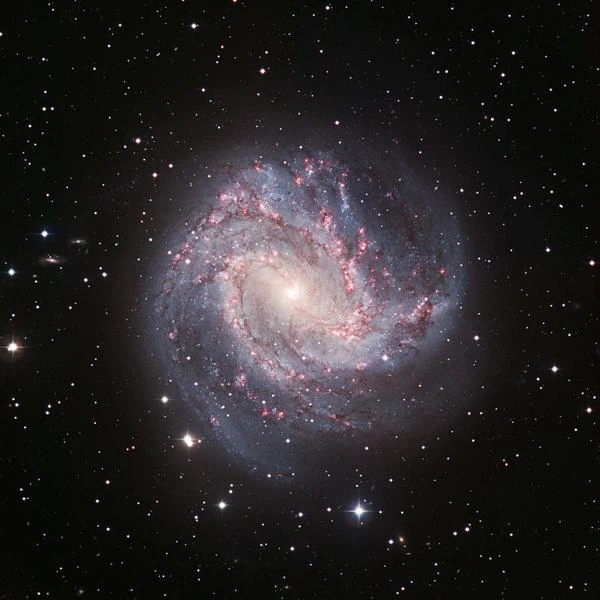
Image: Although we cannot see our Galaxy entirely because we are inside it, it is of the spiral type just like the Pinwheel galaxy (M83 or NGC 5236), on the image. Spiral galaxies are the most widespread, they resemble cosmic hurricanes. Credit ESO.
A galaxy is a huge group of stars, dust, gas, and dark matter that are bound together by the force of gravity. The stars in a galaxy orbit around a common center called the galactic nucleus.
There are billions of galaxies in the universe, and each has a different shape. Some galaxies are spiral-shaped, with spiral arms extending from the core. Others are lens-shaped, elliptical, or irregularly shaped.
Our own galaxy is called the Milky Way, and it is spiral-shaped. It contains about 200 billion stars, including our Sun. The galaxy is huge, and it takes more than 100,000 light years to travel the distance from one end to the other.
Galaxies move through space, and some may even collide with each other. When this happens, gravitational forces can warp galaxies, create new stars, and possibly even form new galaxies.
Astronomers study galaxies to understand how they formed, how they evolve, and how they interact with each other. It is a fascinating branch of science that helps us better understand the universe in which we live.